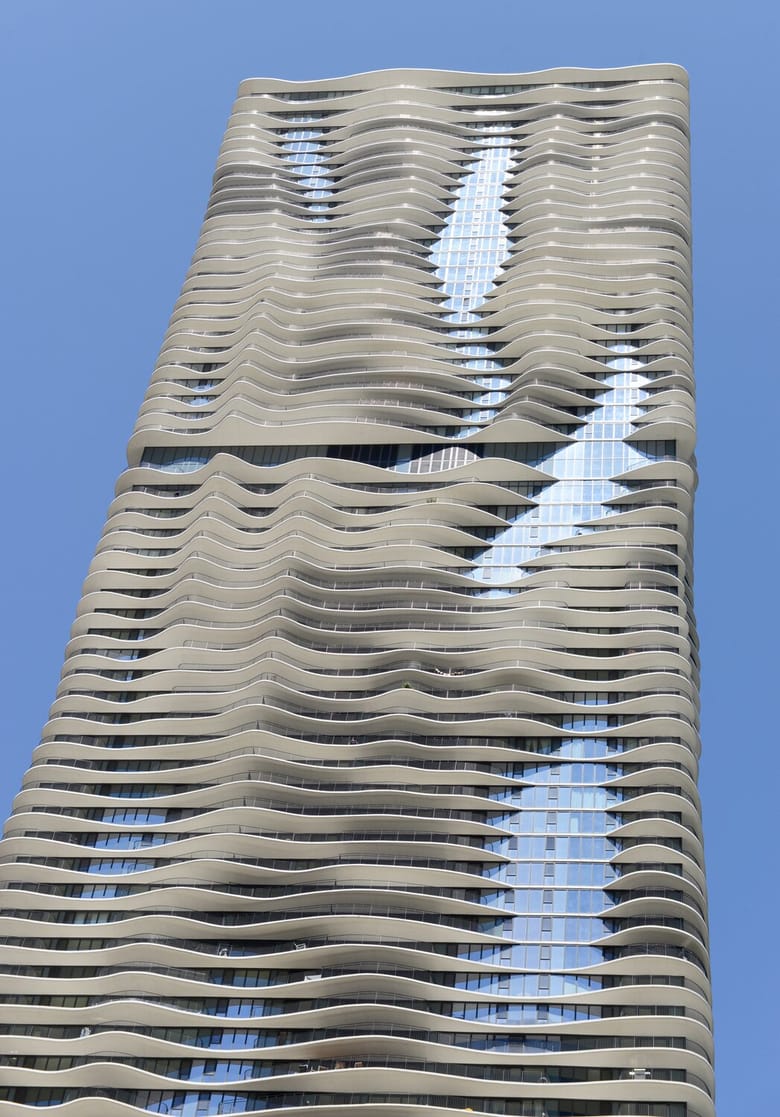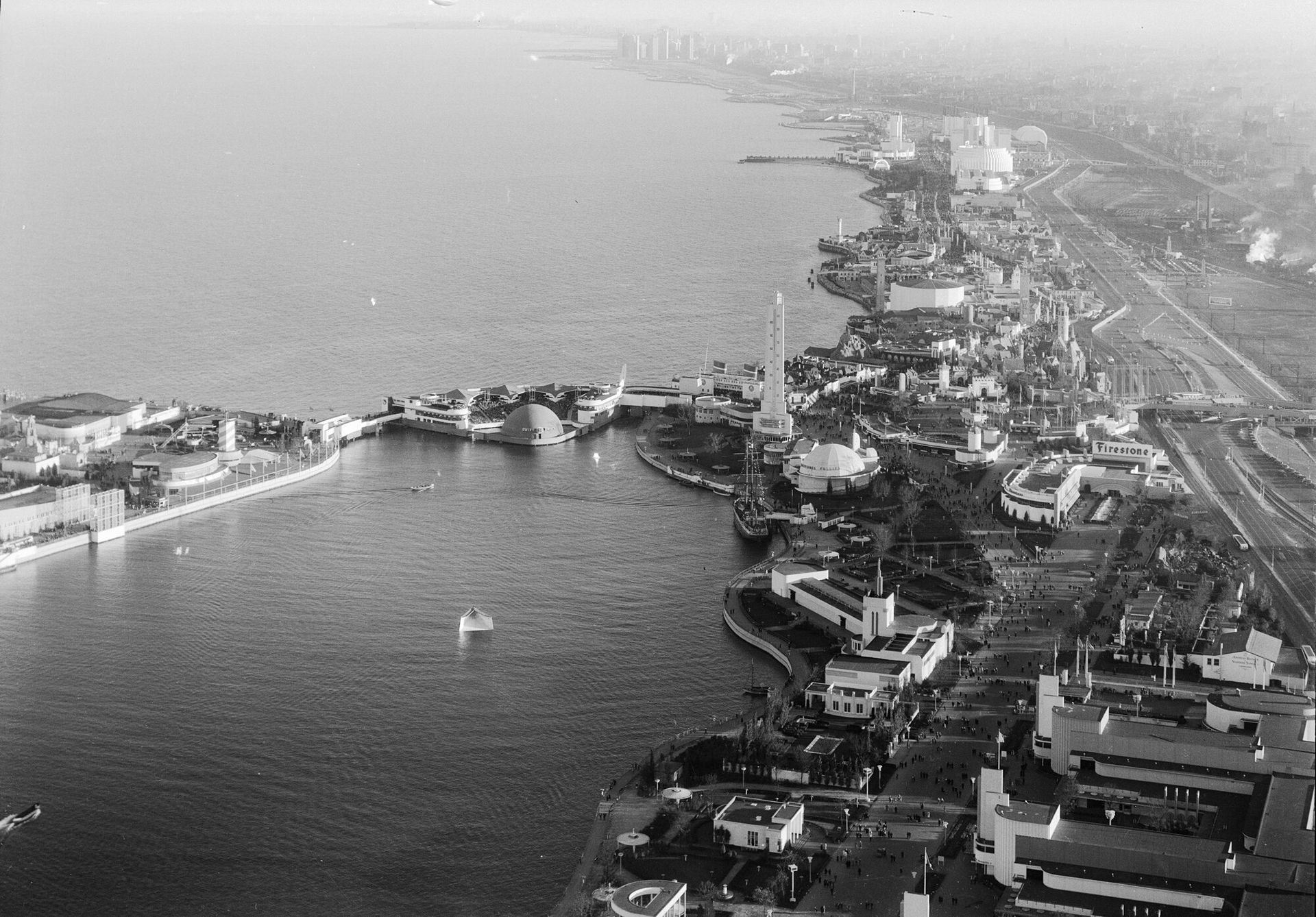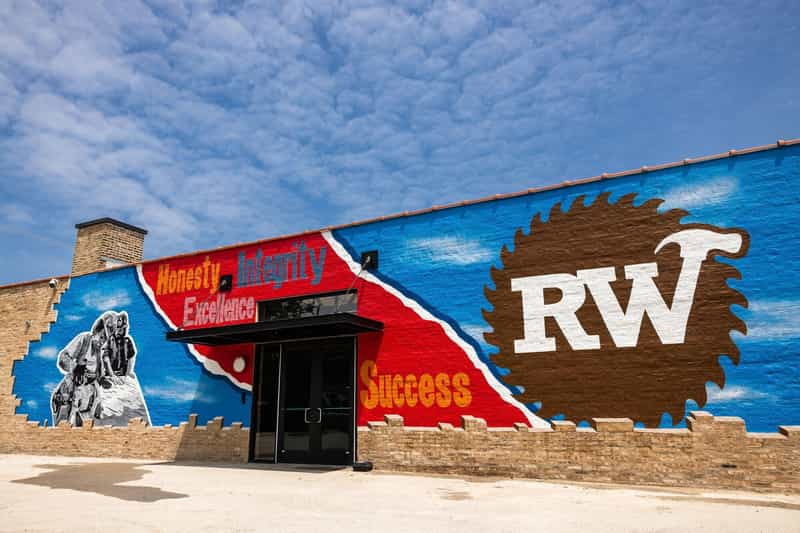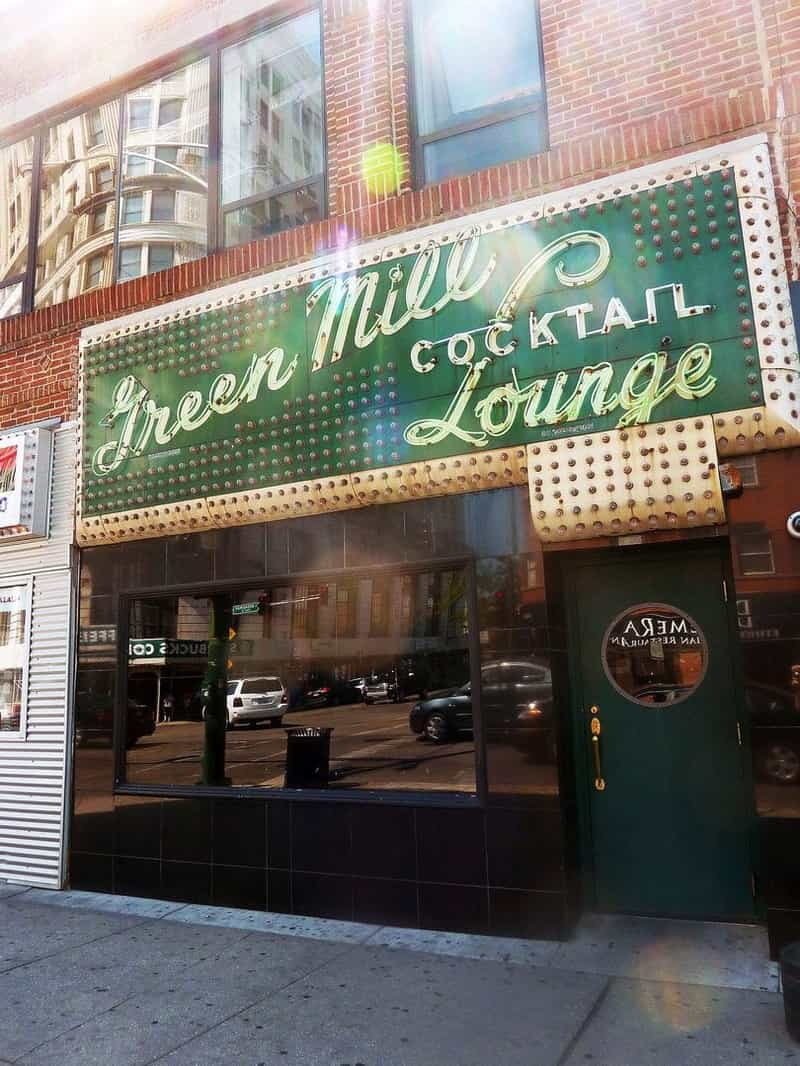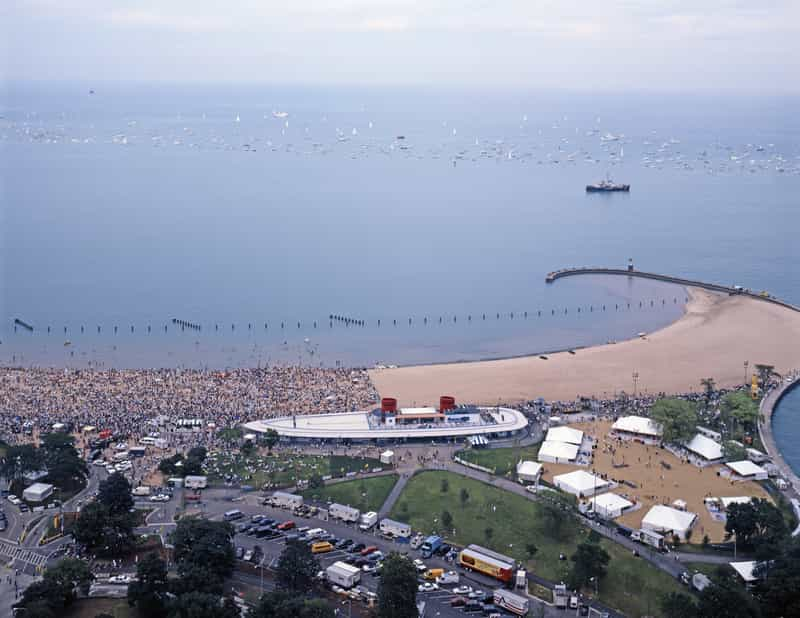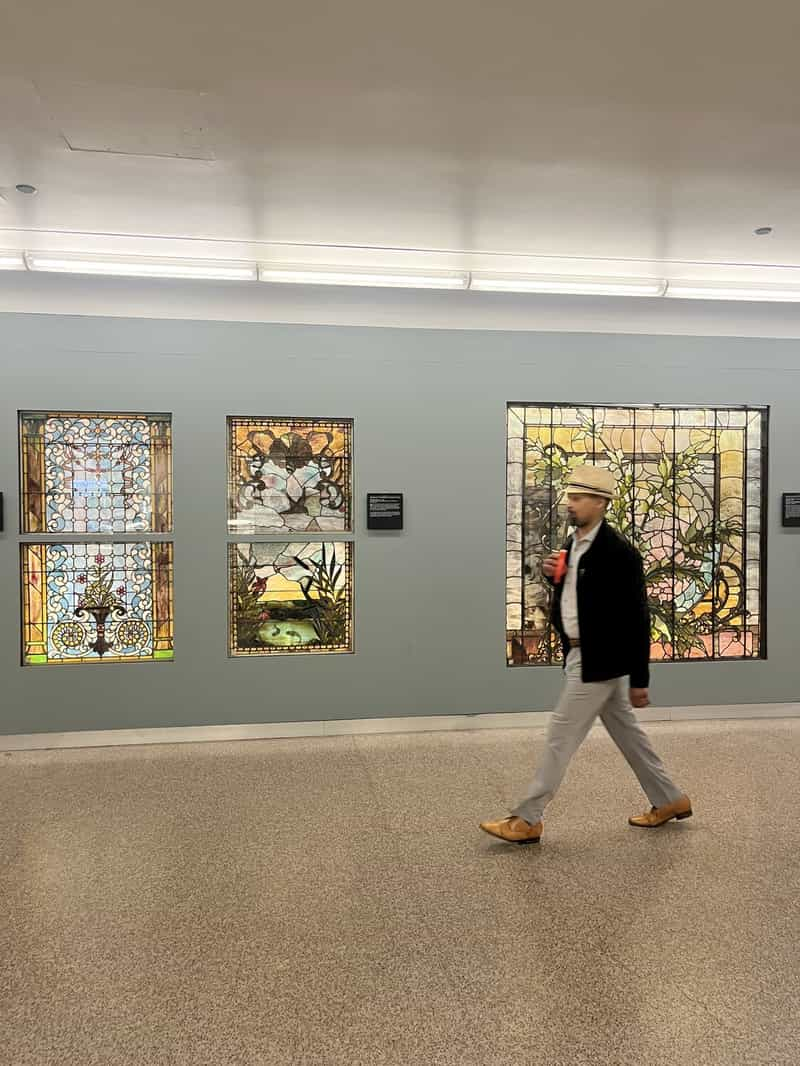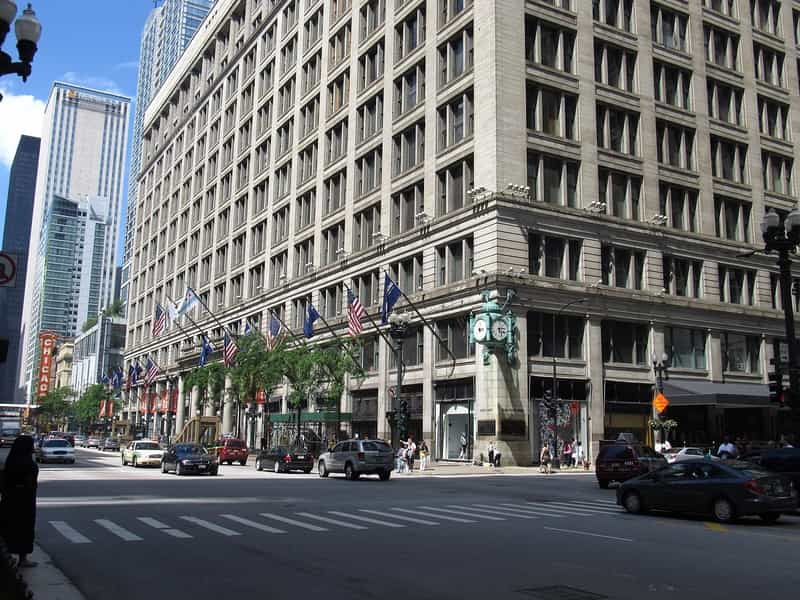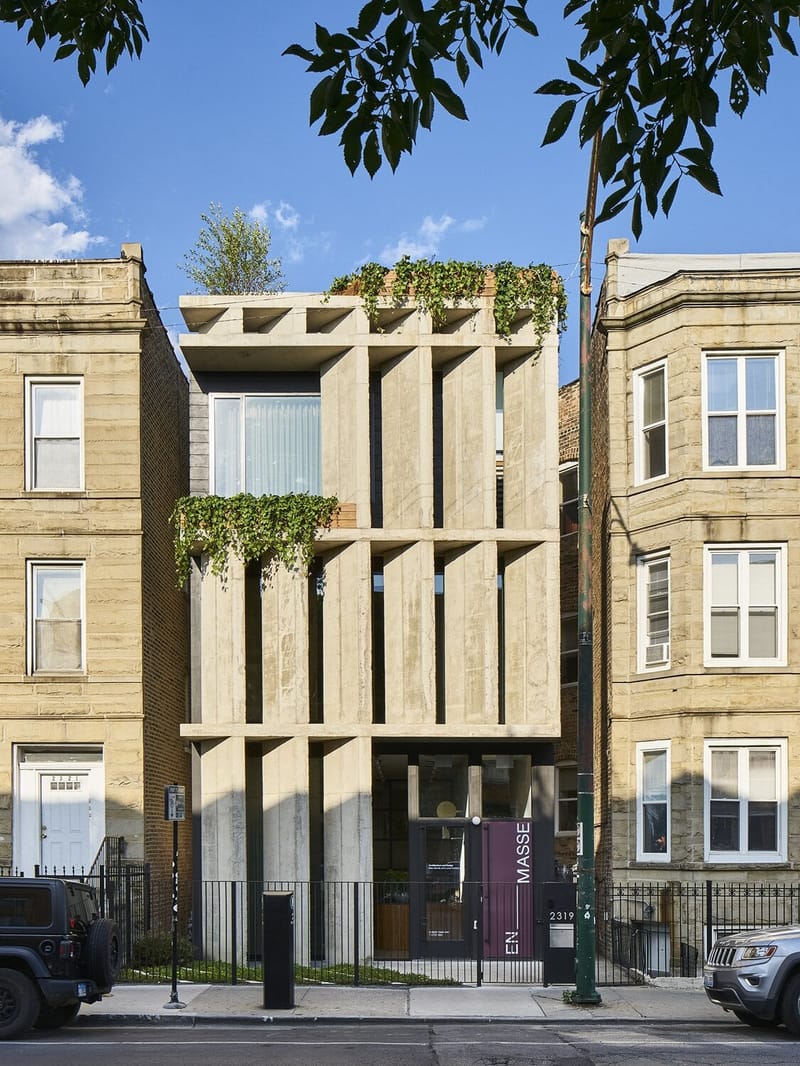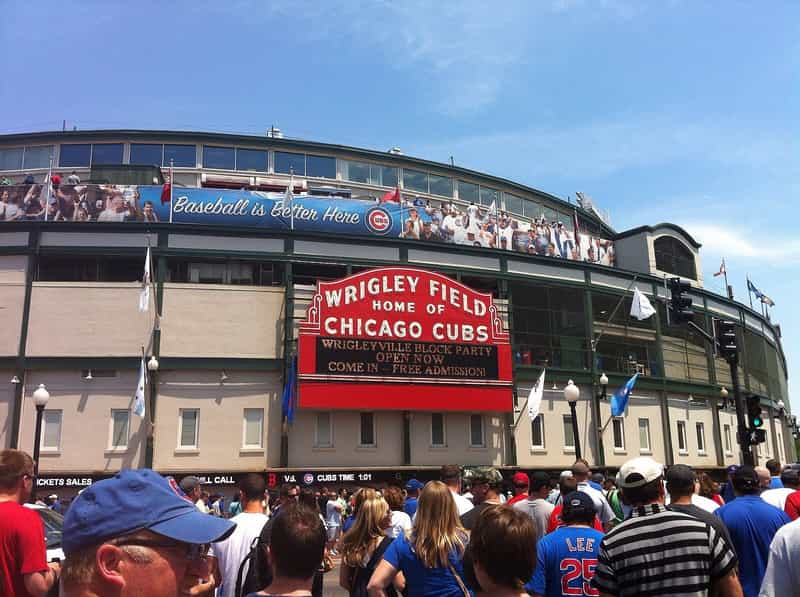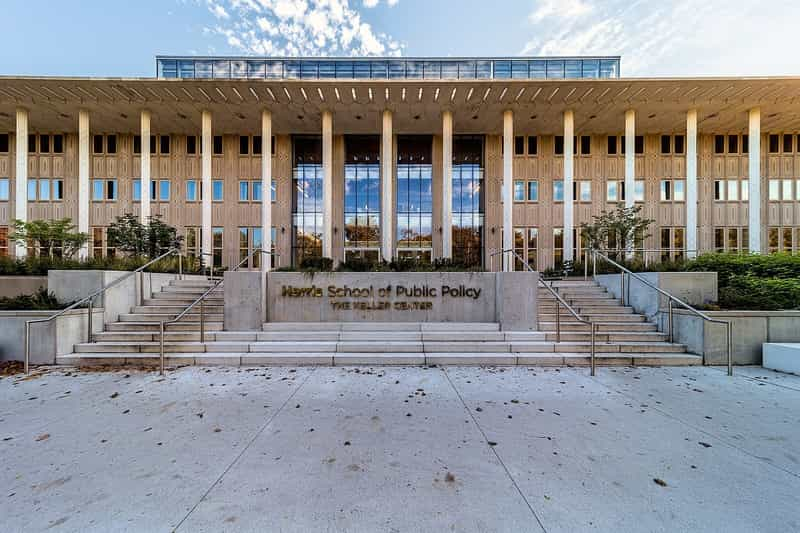Concrete
Aqua Tower
Concrete is a composite building material made from a mixture of cement, aggregates (such as sand, gravel, or crushed stone), and water. When these components are combined, the mixture undergoes a chemical reaction called hydration, causing it to harden and gain strength over time. Concrete is known for its durability, versatility, and ability to be molded into various shapes, making it one of the most widely used materials in modern architecture and construction.
The use of concrete dates back to ancient civilizations. Roman concrete, known as opus caementicium, was a revolutionary material that allowed for the construction of massive structures like the Pantheon and aqueducts. The invention of Portland cement in the early 19th century led to the widespread adoption of concrete in construction. Throughout the 20th century, concrete became a key material in the construction of infrastructure and buildings, particularly with the advent of reinforced concrete, which incorporates steel rebar to increase tensile strength.
EXAMPLES IN CHICAGO:
- 875 N. Michigan Ave (John Hancock Center): Completed in 1969, the building’s structural system, known as the “trussed tube,” relies heavily on concrete. The concrete core, combined with steel, provides the building with its structural integrity and ability to withstand high winds, a necessity for tall buildings in Chicago’s windy climate. The John Hancock Center is an example of how concrete can be used in conjunction with steel to create tall, stable structures.
- Aqua Tower: Designed by architect Jeanne Gang and completed in 2009, Aqua Tower is a striking example of the use of concrete in contemporary architecture. The building’s undulating balconies, which create a wave-like effect on the façade, are made from reinforced concrete. The use of concrete allowed for the precise shaping of these complex forms, demonstrating the material’s versatility in modern design. Aqua Tower highlights how concrete can be used not only for structural purposes but also to achieve unique aesthetic effects.
- Marina City: Designed by architect Bertrand Goldberg and completed in 1967, Marina City is a example of concrete construction in residential high-rises. The complex’s two cylindrical towers, often referred to as the “corncob” buildings, are made entirely of reinforced concrete. The use of concrete allowed for the creation of the towers’ unique, curvilinear forms and their cantilevered balconies. Marina City demonstrates the material’s capability in shaping both the structural and aesthetic aspects of architecture.

